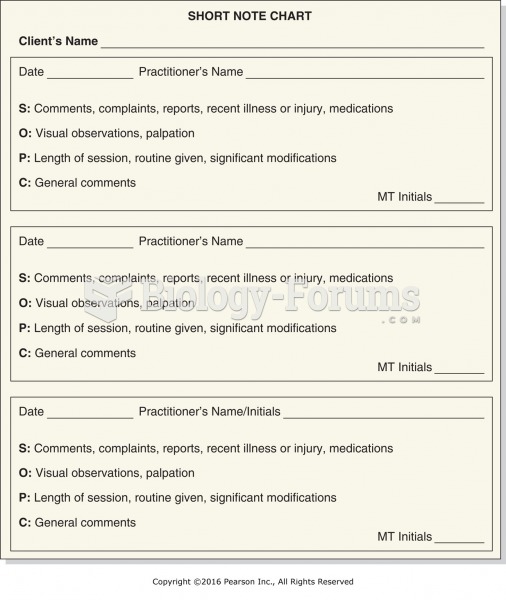Answer to Question 1
Ans: B
Feedback:
A community is a complex system of human activity conducted within the context of the social and ecological environment. Every family, neighborhood, workplace, school, and recreational facility is itself a system with its own boundaries, rules, and purpose. These systems overlap to the extent that individual people in each family system participate in the activities or are affected by the decisions made within other systems. Social systems engage in reciprocal exchange or flows of information, energy, resources, and goods or services. Systems within the community are interdependent and interconnected. Change in one system leads to reciprocal changes in interconnected systems. The only example given above that reveals this reciprocal relationship between systems is the one in which the father, who is a member of a family system, is influenced by information learned by his daughter from an overlapping system, her middle school. The other answers reflect systems operating independently.
Answer to Question 2
Ans: C
Feedback:
Steps in developing a plan for evaluating a community-level intervention include the following: (1) Develop evaluation questions focused on what happened, how well it happened, why it happened the way it did, and what the results were; (2) Determine indicators or measures you will use to answer your evaluation questions; (3) Identify where you will find the data you need to measure your indicators and answer your questions; (4) Decide what method you will use to collect data; (5) Specify the time frame for when you will collect data; (6) Plan how you will analyze your data on the basis of the type of data you are using; (7) Decide how you will communicate your results.







